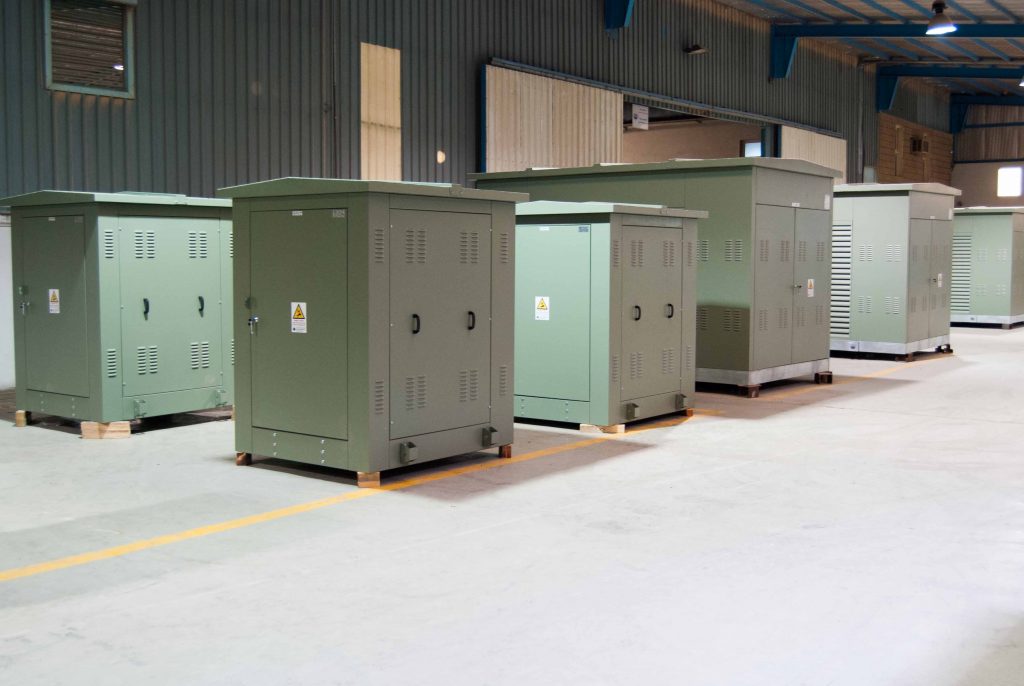
The modern industrial and commercial landscape is increasingly reliant on robust and efficient electrical infrastructure. At the heart of many such systems lies the unit substation transformer, a critical component that steps down high voltage electricity for distribution to various loads. Its proper installation is not merely a technicality but a fundamental pillar supporting both operational safety and peak performance. A well-executed installation minimizes risks, extends equipment lifespan, and optimizes energy delivery. Conversely, shortcuts or oversight can lead to catastrophic failures, significant downtime, and substantial financial losses. This article delves into the best practices for unit substation transformer installation, emphasizing meticulous planning, stringent safety protocols, and precision engineering to ensure a reliable and high-performing electrical system.
The Foundation of Excellence: Pre-Installation Planning and Site Preparation
The journey to a successful unit substation transformer installation begins long before the equipment arrives on site. Comprehensive pre-installation planning is paramount, acting as the blueprint for the entire project. This phase involves a thorough assessment of electrical requirements, including voltage levels, kVA ratings, and anticipated load demands. Consulting with electrical engineers and adhering to national and local electrical codes (such as the NEC) are non-negotiable steps to ensure compliance and system compatibility.
Site selection and preparation are equally critical. The chosen location for the unit substation transformer must be accessible for transport, installation, and future maintenance. It should also be free from environmental hazards like excessive moisture, corrosive agents, or flammable materials. Crucially, the foundation upon which the transformer will rest must be meticulously engineered to support its substantial weight. This often entails a reinforced concrete pad, designed to withstand seismic activity and prevent settling. Proper drainage must be incorporated to prevent water accumulation, which can lead to corrosion and insulation degradation. Furthermore, sufficient clearance around the unit substation transformer must be provided for safe access, ventilation, and heat dissipation, adhering to manufacturer specifications and safety regulations. This includes adequate space for switchgear, cables, and other associated equipment.
Ensuring Safety First: Rigging, Placement, and Electrical Connections
The actual physical installation of a unit substation transformer presents a series of unique challenges that demand rigorous adherence to safety protocols. Rigging and placement, in particular, are high-risk activities. Only qualified personnel with extensive experience in heavy equipment handling should be involved. A detailed rigging plan, outlining the lift points, equipment to be used (cranes, forklifts, etc.), and emergency procedures, is essential. Before any lifting commences, all lifting equipment must be thoroughly inspected for defects, and its capacity must exceed the weight of the transformer by a significant margin. Spotters should be utilized to guide the operation, ensuring clear communication and maintaining safe distances from the moving load. Once lifted, the unit substation transformer must be carefully lowered onto its prepared foundation, ensuring precise alignment with anchor bolts and conduits.
Electrical connections are the circulatory system of the unit substation transformer, and their integrity is vital for both performance and safety. All wiring must be performed by certified electricians who possess a deep understanding of high-voltage systems. The selection of cables must align with the transformer’s voltage and current ratings, and insulation integrity is paramount. Proper termination techniques, including clean conductor preparation, crimping, and insulation, are critical to prevent arcing and short circuits. Grounding and bonding are fundamental safety measures that protect personnel and equipment from electrical surges and faults. A robust grounding electrode system must be established, and all metallic enclosures, conduits, and equipment must be securely bonded to it. Furthermore, surge arresters should be installed to protect the unit substation transformer from lightning strikes and transient overvoltages.
Optimizing Performance: Commissioning, Testing, and Maintenance
The installation process culminates in thorough commissioning and testing, ensuring the unit substation transformer operates as intended and safely. Before energization, a comprehensive visual inspection is conducted to identify any physical damage, loose connections, or obstructions. Electrical tests, such as insulation resistance tests (Megger), turns ratio tests, winding resistance tests, and power factor tests, are performed to verify the transformer’s internal integrity and confirm its electrical characteristics. These tests help identify manufacturing defects or damage incurred during transport and installation. Once all tests yield satisfactory results, the unit substation transformer can be energized under controlled conditions, with careful monitoring of voltage, current, and temperature.
Beyond initial installation and commissioning, a proactive approach to maintenance is essential for sustained safety and performance. Regular inspections should be scheduled to check for oil leaks, corrosion, signs of overheating, and abnormal noises. Periodic oil analysis is crucial for liquid-filled transformers, as it can detect contaminants, moisture content, and insulation degradation, allowing for timely intervention. Thermographic imaging can identify hot spots, indicating potential connection issues or overloaded components. Routine cleaning of bushings and insulators prevents flashovers, particularly in dusty or polluted environments. Implementing a comprehensive preventive maintenance program, based on manufacturer recommendations and industry best practices, will significantly extend the lifespan of the unit substation transformer, minimize unexpected failures, and ensure continuous, reliable power delivery.
In conclusion, the installation of a unit substation transformer is a complex undertaking that demands meticulous planning, unwavering commitment to safety, and precision execution. By adhering to best practices in pre-installation assessment, site preparation, rigging, electrical connections, and ongoing maintenance, facilities can establish a robust electrical infrastructure that not only meets current demands but also ensures long-term reliability, operational efficiency, and, most importantly, the safety of personnel and assets. Investing in a quality installation is an investment in the future of any industrial or commercial operation, safeguarding against costly downtime and ensuring a consistent, dependable power supply.

